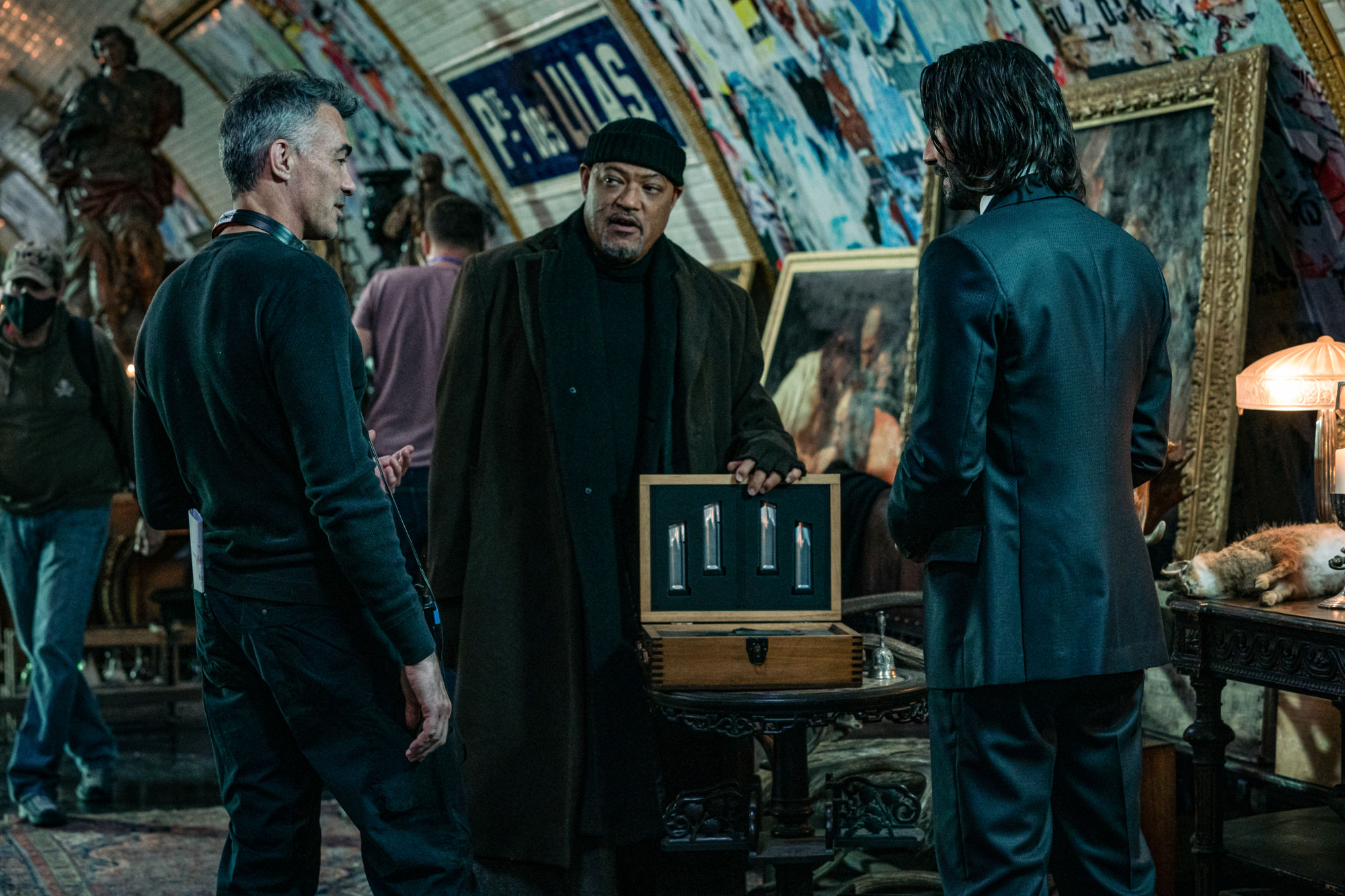Papal Conclave Explained: A Step-by-Step Guide

Table of Contents
The Circumstances Leading to a Conclave
A Papal Conclave is convened under two specific circumstances: the death of the reigning Pope, or his resignation. The moment a Pope dies or formally resigns, the Catholic Church enters a period known as sede vacante – literally, "the see is vacant." This triggers a series of events leading up to the conclave itself.
- The formal announcement of the Pope's death ("sede vacante"): The death of the Pope is officially announced, usually by the Cardinal Camerlengo. This announcement marks the beginning of the sede vacante period.
- The role of the Cardinal Camerlengo during the vacancy: The Camerlengo, a high-ranking cardinal, acts as a kind of interim administrator, managing the affairs of the Church during the vacancy. His responsibilities include safeguarding the papal seal and overseeing the preparations for the conclave.
- Preparation for the conclave, including the summoning of cardinals: The Camerlengo plays a crucial role in summoning the cardinals eligible to participate in the conclave. This involves coordinating travel arrangements and ensuring the smooth running of the pre-conclave processes.
The Participants: Cardinals and their Roles
Only cardinals under the age of 80 are eligible to participate in a Papal Conclave. This age limit ensures the College of Cardinals has a body of electors with sufficient vigor and expected longevity to guide the Church effectively.
- The role of the Cardinal Dean in the pre-conclave processes: The Cardinal Dean, the oldest cardinal among the eligible electors, presides over many of the pre-conclave meetings and preparations. He plays a vital leadership role in the period leading up to the conclave itself.
- The importance of the College of Cardinals in electing the Pope: The College of Cardinals is the body responsible for electing the Pope. Their collective wisdom and judgment are paramount in selecting a leader who can guide the Church in the modern world.
- The different roles cardinals play within the conclave: While all eligible cardinals vote, they also have different roles within the conclave itself. Some may assist in the logistical processes, while others might be key figures in influencing the voting dynamics.
The Conclave Location and Seclusion
Historically, Papal Conclaves have taken place in various locations. Currently, the conclave is held in the Sistine Chapel within the Vatican Palace. The location is chosen to ensure secrecy and facilitate the smooth running of the election process.
- Secrecy and communication restrictions during the conclave: Strict rules govern communication during the conclave. The cardinals are largely cut off from the outside world, ensuring the integrity of the election process and minimizing external influences.
- Accommodation and daily routines of cardinals during the conclave: Cardinals reside in simple accommodations within the Vatican during the conclave, with their daily routines centered around prayer, reflection, and the voting process itself.
- Security measures to ensure the integrity of the process: Robust security measures are in place to protect the cardinals and ensure the secrecy and integrity of the Papal Conclave. This includes monitoring communications and restricting access to the conclave location.
The Voting Process: Scrutiny and Election
The voting process is crucial to the Papal Conclave. Each cardinal casts a secret ballot, and a two-thirds majority is required to elect a new Pope. This ensures a strong consensus within the College of Cardinals.
- The process of preparing and casting ballots: Special ballots are used, and the process is designed to maintain absolute secrecy. Each ballot is carefully checked before and after the voting process to maintain integrity.
- The burning of ballots and the significance of the smoke signals (white for election, black for no election): The ballots are burned after each round of voting, and the color of the smoke signals the outcome. White smoke signifies an election, while black smoke indicates that no candidate has received the necessary two-thirds majority.
- The implications of multiple rounds of voting: If no candidate receives the required majority in the initial rounds, the voting continues until a Pope is elected. This can sometimes take several days.
The Election and Proclamation of the New Pope
Once a candidate receives the required two-thirds majority, the new Pope is elected. The historic phrase "Habemus Papam!" ("We have a Pope!") is then announced to the world.
- The first public appearance of the newly elected Pope: The newly elected Pope makes his first public appearance, often from the balcony of St. Peter's Basilica, to greet the faithful.
- The choosing of a papal name: The newly elected Pope chooses a papal name, often drawing inspiration from saints or previous Popes. This name is part of his new identity and legacy as the head of the Catholic Church.
- The subsequent inauguration and installation ceremonies: Following the election, a series of formal ceremonies officially inaugurate and install the new Pope as the head of the Catholic Church.
Conclusion
Understanding the Papal Conclave is vital for comprehending the inner workings of the Catholic Church. This step-by-step guide has provided insights into this fascinating process, from the circumstances triggering a conclave to the election and proclamation of the new Pope. From the eligibility criteria for cardinals to the meticulous secrecy surrounding the voting, every aspect plays a crucial role in selecting the next leader of the Catholic faith. To further deepen your understanding of this fascinating process, explore additional resources on the history and traditions surrounding the Papal Conclave and its significance in Catholic history.

Featured Posts
-
 John Wick 5 Keanu Reeves Fate And The Future Of The Franchise
May 07, 2025
John Wick 5 Keanu Reeves Fate And The Future Of The Franchise
May 07, 2025 -
 Le Repechage De La Lnh Hors De Montreal Un Regret Pour La Ligue
May 07, 2025
Le Repechage De La Lnh Hors De Montreal Un Regret Pour La Ligue
May 07, 2025 -
 Julius Randles Transformation From Hater To Celebrator
May 07, 2025
Julius Randles Transformation From Hater To Celebrator
May 07, 2025 -
 Is John Wick 5 Happening A Look At The Latest News And Speculation
May 07, 2025
Is John Wick 5 Happening A Look At The Latest News And Speculation
May 07, 2025 -
 Play Station 5 Pro Teardown A Detailed Internal Analysis
May 07, 2025
Play Station 5 Pro Teardown A Detailed Internal Analysis
May 07, 2025
